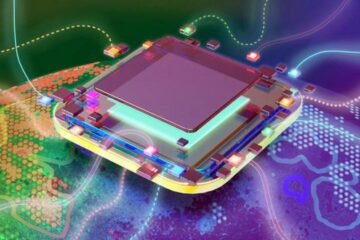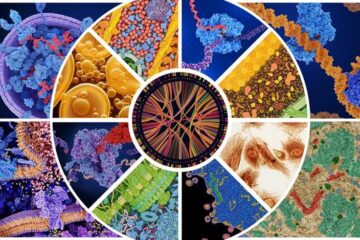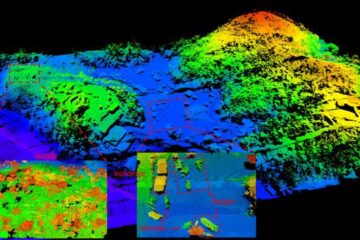Researchers of the UGR apply the method of acoustic emission to building diagnose, restoration and maintenance

A research team of the University School of Technical Architecture of the University of Granada [http://www.ugr.es], supervised by professor Antolino Gallego Molina is in charge since several years ago of listening to the laments of the materials using a technique, called acoustic emission, that auscultates the structural elements to get to know what happens inside from the emitted ultrasound.
This system can find out from an imperceptible fissure for the human eye to other damage by placing piezoelectric sensors that pick up the ultrasounds and send them afterwards to a computer system of information processing whose results can help to diagnose, restore and maintain any architectural collection.
The researchers, who are applying this technique in the field of Civil Engineering and construction, have only carried out laboratory tests until the moment, but their contacts with companies of construction materials will make their expansion to other problems of interest possible “before long”, according to professor Gallego, who adds that, although the acoustic emission technique can be used in diverse studies, his team will focus on two specific fields “fibre concrete quality control, especially used to supply uniform efforts with equal performance in all directions and avoid fragile fracture, such as in large elements, paving or tunnel or slope coating, and on the quality and functionality analysis of the mortars used to restore historical buildings”.
The professor of the Department of Applied Physics of the UGR [http://www.ugr.es], who works in collaboration with professors of materials and construction of the Department of Architectural Constructions and physicists of the University of Jaen, explains that, in the case of fibre concrete, (reinforced with steel or glass fibres, instead of the traditional steel bars) “is practically impossible” to do a fine quality control with the existing systems, as it is a material whose functionality can not be measured because it takes more or less time to brake after conventional tests with loading machines. Therefore, the use of the technique of acoustic emission would be advisable in these cases when ultrasound can reveal what is happening inside the material.
As regards quality analysis of mortars in restoration processes, Gallego says that in many cases, when new materials are added to restore a building, there are adhesion problems besides construction problems. It is very important considering that such adherence capacity guarantees the future maintenance of the recovered area. In this case, the technique of acoustic emission could also be promising to assess such adherence and, therefore, to determine if such adhesion will end up giving way or not.
Scarce presence in Spain
Despite the advantages of this method, its implementation in Spain is still very scarce. According to the physicist, only a private company located in Madrid is developing works with the technique of acoustic emission and the majority of them outside the country, specially set aside for corrosion detection in oil tanks and by-products. However, countries like the United States, Germany, England, France, Argentina, Brazil or Japan use that system in multiple areas from bridge vigilance to guarantee their security or the diagnose of historical buildings to earthquake prevention or the study of materials that compose oil and gas drums to prevent them from breaking, with the consequent problems for the economy and the environment.
In this sense, Gallego Molina points out that many of these applications should be developed here to guarantee the safety of all types of constructions such as bridges, port complexes or storage systems like the oil drums used in the oil mills of olive provinces like Granada, Jaen and Cordoba.
On the other hand, the supervisor of the research project also demands the organization of training courses, more attention on the part of the Spanish Association for Non-Destructive Tests, as there are not specialized experts in this field, and a major implication on the part of the Spanish System for Research, Development and Innovation.
Media Contact
All latest news from the category: Architecture and Construction
Newest articles

A universal framework for spatial biology
SpatialData is a freely accessible tool to unify and integrate data from different omics technologies accounting for spatial information, which can provide holistic insights into health and disease. Biological processes…

How complex biological processes arise
A $20 million grant from the U.S. National Science Foundation (NSF) will support the establishment and operation of the National Synthesis Center for Emergence in the Molecular and Cellular Sciences (NCEMS) at…

Airborne single-photon lidar system achieves high-resolution 3D imaging
Compact, low-power system opens doors for photon-efficient drone and satellite-based environmental monitoring and mapping. Researchers have developed a compact and lightweight single-photon airborne lidar system that can acquire high-resolution 3D…





















